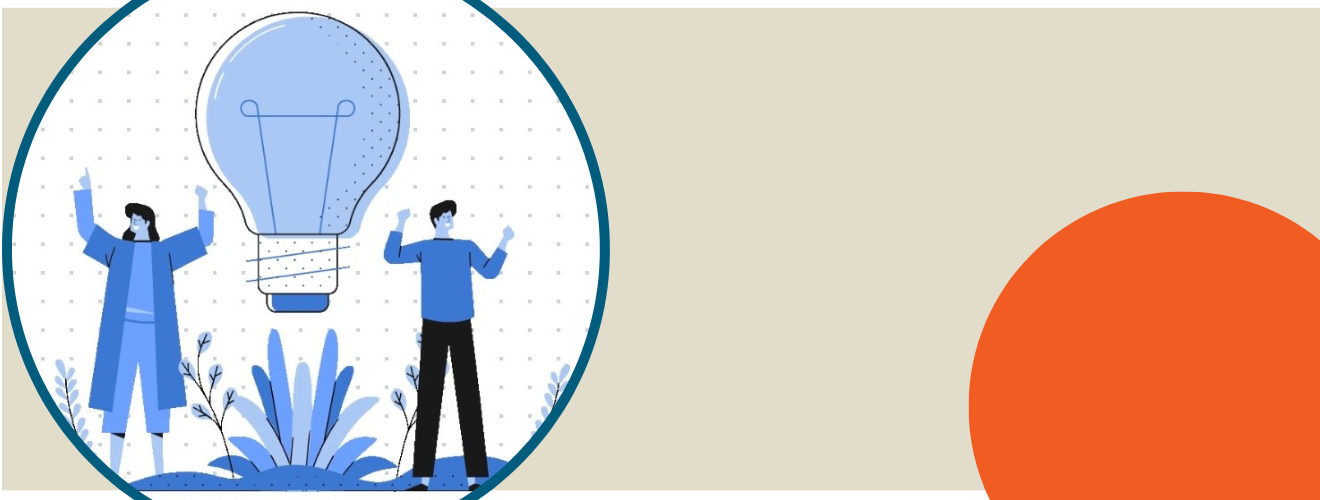How to know what you wish you knew early in your career

With Shelley Addison-Bell, Senior Consultant, RPS Group, IAP2A Young and Emerging Practitioners Group member.
Let us face it. There is no one way to get into communication and engagement. For some people, this practice is their defined career. Others just happen to ‘fall into it’. No matter which path was yours, I’m sure you’ve experienced (or will experience) that moment in your career where you thought ”I wish I knew this earlier”.
As a fellow young professional, still refining my skills and understanding, I have already had a couple of these moments. I thought I would share my top tips that I hope will help others in their first years working in communication and engagement.
#1: Let yourself be unfamiliar
Not having as much experience to draw from is an advantage. If you think about it, being unfamiliar can allow you to question existing ideas. When engaging stakeholders, not knowing why they might hold their views and perspectives can lead to learning unplanned stakeholder values and interests. That means you will have the benefit of better tailoring your approach and strengthening your engagement strategy moving forward.
#2: Understand that the term ‘engagement’ is viewed differently
Seek to be aware of the differing views on communication and engagement within your project team. A good way to get around this, is to ensure you include internal stakeholders in your communications and engagement plan. Within this plan set clear objectives, strategy and outcomes that can be agreed on, alongside action plans with roles and responsibilities. Make sure to engage these stakeholders early in your strategy. As you work through delivering the project, good communication and engagement with your team at the start will build trust and recognition.
#3: Work with community advocacy stakeholders
Community advocacy groups are recognised as a crucial part of engagement. These group can encourage – and facilitate public engagement through more participatory processes. Since the COVID-19 pandemic, more community and working groups have been established, and they have great networks and resources. They are a valuable channel to disseminate communications and provide local assistance.
#4: Use those insights
The insights and data gained through engagement tools (such as community responses to surveys) are valuable and they are there to be used. Take the time to read those little gems and discuss them with your peers. They are particularly helpful when you need more information about the diversity, needs, challenges, and opportunities community face in context of the project.
#5: Use a variety of communication channels
Ensure you tailor your message and select channels based on the audience they are directed at. This might seem like doubling up, but bespoke communications for each channel will enable your message to be received the way it is intended (and needed) and allow for more meaningful interactions. Plan for channels that can have two-way conversation opportunities to connect and have dynamic sharing of information.
#6: Explain in your communications the ‘so what’, ‘what now’ and ‘what next’.
Your stakeholders want to know the answer to “how does this impact me?”. Include messages with clear explanation of ‘what’ and ‘why’. This information matters to your stakeholder. Any message that is ambiguous or open to interpretation could cause confusion or distrust. A good start is by having a conversation with a fellow team member who has little context of the project and try to explain to them what is going on. This can help to fill in ‘gaps’ in your communications. Also, no one likes being ghosted, consider what you need to include in the communications to a long-lasting relationship. Let the stakeholder know when they can expect to hear from you next.
#7: Reach out to your communication and engagement colleagues (this is essential)
Nothing is better than talking to someone who just ‘gets it’. Build a network of communication and engagement practitioners who are also passionate about what they do and can laugh about the week with you. Connect with us in the IAP2A YEPs group – it is what we’re here for!
If you want to extend your network to other young and emerging practitioners in the early stages of your career development, expand your skills and knowledge and develop your personal brand in the industry, make sure you join the IAP2A YEPs group. Keep in touch and have a look out for upcoming events on the IAP2 website.
Shelley Addison-Bell is a communications and engagement specialist from New Zealand. She is currently based in Sydney as a Senior Consultant with RPS Group, bringing both perspectives to best practise. Shelley is a member of the IAP2A Young & Emerging Practitioners. Connect with Shelley via Linkedin.
